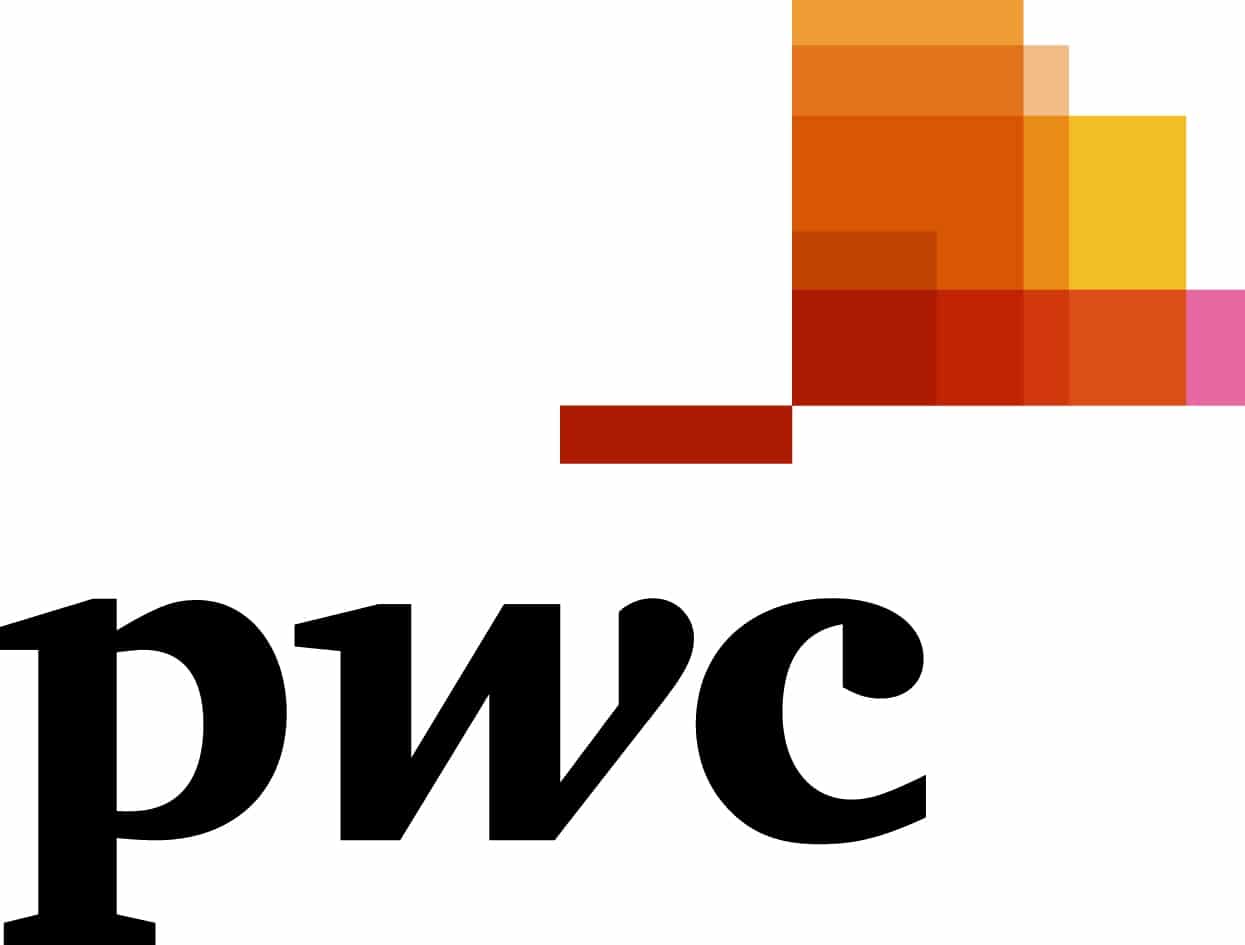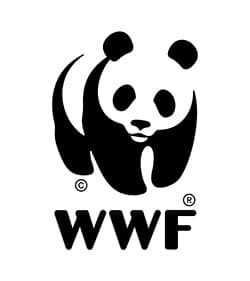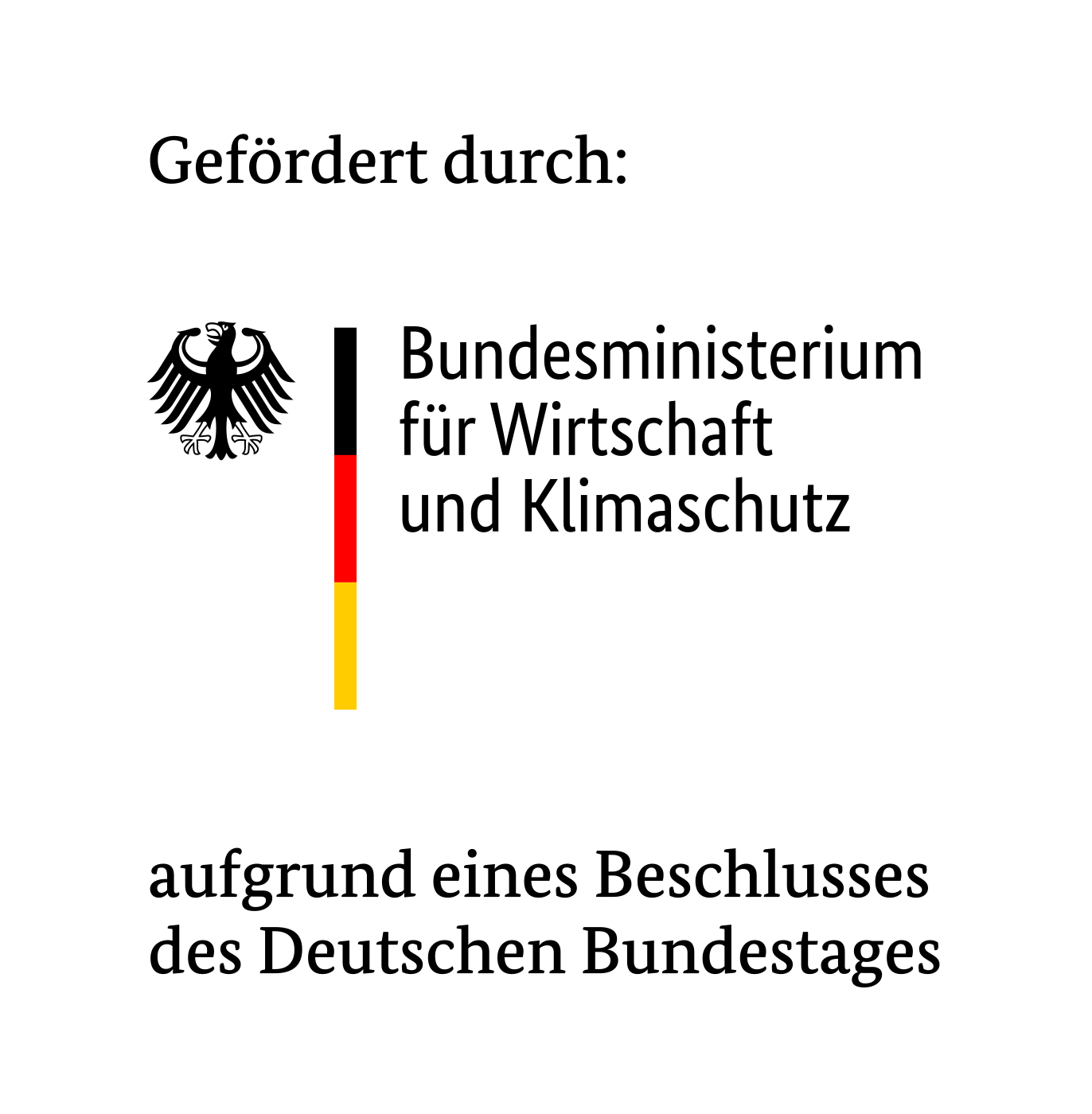FAQ
To the transformation tool
Here you will find tips and information on using the transformation tool. If you have any further questions, please contact us using the contact form.
Backgrounds
How does the Pathways to Paris project define Paris compatibility?
“Paris compatibility” means in line with the temperature limit set in the Paris Agreement: alignment with the ambition level of “holding the increase in the global average temperature to well below 2°C above pre-industrial levels”. So that the temperature limits well-below 2°C or preferably 1.5°C comply with the Paris Agreement.
How was a Paris-compatible greenhouse gas (GHG) budget for Germany determined?
The IPCC Special Report on Global Warming of 1.5°C (2018) can be used to estimate the global remaining greenhouse gas (GHG) budget for limiting global warming to a maximum of 1.75°C (~1200Gt CO2 equivalents (eq); 66 per cent probability) and a maximum of 1.5°C (~1000 Gt CO2eq; 50 per cent probability) for 2016.
Germany’s share of the budget is determined based on population size and thus equal emission allowances. This is considered the most internationally acceptable allocation method since the Paris Agreement (allocation year 2016).
If the remaining GHG budget 2016 is allocated to Germany based on population and Germany’s GHG emissions from 2017-2019 are subtracted, a GHG budget of a maximum of 9.9 Gt CO2eq remains from 2020 for limiting global warming to a maximum of 1.75°C (66 per cent probability) and a maximum of 7.4 Gt CO2eq for limiting it to a maximum of 1.5°C (50 per cent probability).
Which reference scenario is the tool based on and why was it selected?
The tool is based on the scenarioClimate-Neutral Germany 2045. How Germany can achieve its climate targets even before 2050.“. The scenario was developed by the Prognos Institute, the Öko- Institut and the Wuppertal Institute on behalf of the Climate Neutrality Foundation, Agora Energiewende and Agora Verkehrswende.
Agora Climate Neutrality 2045 was chosen for two reasons: firstly, it is one of the most ambitious scenarios available for the decarbonisation of the German economy (cumulative GHG emissions of 9.7Gt by 2050). Secondly, it has detailed information and data on the sectors covered by Pathways to Paris.
Is the Agora Climate Neutrality 2045 scenario compliant with the goal of limiting global warming to a maximum of 1.5°C?
Agora’s Climate Neutrality 2045 does not meet the 1.5°C target Its GHG budget of 9.7 Gt is 2.2 Gt above the 1.5° budget that can be estimated for Germany based on the IPCC findings. The GHG emissions from electricity generation are the main reason the GHG budget is exceeded.
How does the scenario relate to the Net Zero by 2050 (NZE) scenario of the International Energy Agency (IEA)?
Unlike Agora KN 2045, the NZE scenario of the IEA corresponds to the ambition level of 1.5°C. However, this is solely due to the even more ambitious decarbonization rate that NZE assumes for power generation. For all other sectors, the absolute emission reduction required by 2030 and 2050 by the Agora CN 2045 scenario is equivalent to or even exceeds that of NZE.
Does the tool cover Scope 1, 2 and 3 emissions under the Greenhouse Gas Protocol?
No, the tool is based on the logic of sector-based GHG inventories and breaks them down to company level. This means that the primary activities and direct emissions (Scope 1) of each sector are usually covered, and in some cases Scope 2 emissions. One exception is the sector “Automobiles – use phase”: for this sector, the tool only covers the technology mix and the GHG emissions from the use phase (Scope 3).
Below you will find a detailed list of the scopes as well as – if applicable – the sector boundaries according to the Statistical Classification of Economic Activities in the European Community, or NACE:
- Ammonia production (NACE: 24.15):
Scope 1 (combustion),
Scope 2 (external electricity procurement) - Automotive industry:
Scope 3 - Commercial real estate (NACE: 68):
Scope 1 (combustion),
Scope 2 (external electricity procurement) - Platform chemicals (NACE: 20.16):
Scope 1 (combustion),
Scope 2 (external electricity procurement) - Steel production (NACE: 24.1):
Scope 1 (combustion),
Scope 2 (external electricity procurement) - Road freight transport:
Scope 1 (combustion),
Scope 2 (external electricity procurement) - Electricity generation (NACE: 35.1):
Scope 1 (combustion) - Livestock farming – dairy cattle:
Scope 1 (methane and nitrous oxide),
Scope 2 (external electricity procurement) - Residential real estate (NACE: 68):
Scope 1 (combustion),
Scope 2 (external electricity procurement) - Cement production (NACE: 23.5):
Scope 1 (combustion, process emissions),
Scope 2 (external electricity procurement)
Who was involved in the creation process of the tool?
The transformation tool was developed by climate and sector experts from PwC Germany and WWF Germany as part of the “Pathways to Paris” project.
The requirements and assumptions were validated with around 90 actors from the real economy, finance and science in a series of 30 workshops using feedback loops and market exploration.
For which business locations can the tool be used?
The tool and the underlying data and scenarios refer to German business locations, so the tool can only be related to the German economy.
What energy data and price assumptions is the tool based on?
The energy data is primarily based on the background scenario and other validated sources (these can be viewed here).
Using the tool
How can I continue working on past projects?
Saved projects can be uploaded and further modified on the tool start page under “Project Upload”.
What is the maximum number of activities I can add?
An unlimited number of activities can be added in the tool.
Can I still change my growth expectations once I have applied those of the reference scenario?
Yes, growth expectations can be applied and changed later on.
What does the blue checkmark next to the information mean?
The blue checkmark in the tool indicates Paris compatibility. It can refer to emission levels and time periods. It can refer to emission levels and time periods
Can I select more than one measure for an activity?
You can apply several reduction measures to one activity over the 5-year intervals until 2050. You can also do this within a 5-year interval using the Plus icon, which is next to the Measures drop-down for the period.
How can I break down my activities further once they have been entered, for example, if I notice when selecting measures that I would like to introduce a measure gradually for an activity?
The function “Split activities” can be used to split activities that have been entered into percentages or real values, and different measures can be applied to the individual amounts.
How do I know what each of the proposed measures means?
The “Basic Knowledge Measures” explains the measures listed for each sector and provides an overview of each life cycle.
Can I return to the tool if I want to change the data entered?
The tool allows you to jump back to any of the previous steps and make changes.
Sectors
What do I do if I cannot find my company’s sector?
The transformation tool was created for 10 selected sectors of the German economy.
For which economic sectors can the tool be used?
The transformation tool was created for 10 selected sectors of the German economy:
- Ammonia production
- Automotive industry
- Commercial real estate
- Platform chemicals
- Steelmaking
- Road freight transport
- Power generation
- Livestock – Dairy cattle
- Residential real estate
- Cement manufacture
How can I use the tool if my company is active in several economic sectors?
If you have activities in several sectors, you have to model these activities separately, but you can use the tool accordingly for each sectoral activity
Data storage and costs
Is my user data stored when I use the tool?
No, the tool does not store any data, whether personal data or company data.
How do I save data that has already been entered?
Projects that have been started can be downloaded and continued at a later date. You can save your entries this way.
Do I have to expect (hidden) costs when using the tool?
No, the use of the tool is completely free of charge.
Contact
Pathways to Paris is a project funded by the Federal Environment Ministry (BMU). The project duration is expected to be two years.
WWF Germany and PwC Germany accompany and support the participating companies in the development of transformation paths that are necessary to achieve the goals of the Paris climate protection agreement. In addition to creating a common understanding and broad acceptance of the requirements of a successful climate change, sector-specific, reproducible transformation paths are highlighted, which are made publicly available.
Exclusive advice with a direct effect on e.g. production technologies, strategic planning or value chains of individual companies does not take place. Furthermore, there are no financial liabilities between the participating companies and the project initiators within the framework of the project, so that any conflicts of interest are excluded.
If you are interested, the first step is to clarify the role that you can play in the project. In doing so, we will take into account any independence restrictions that you may be subject to, particularly as an audit client of PwC.


